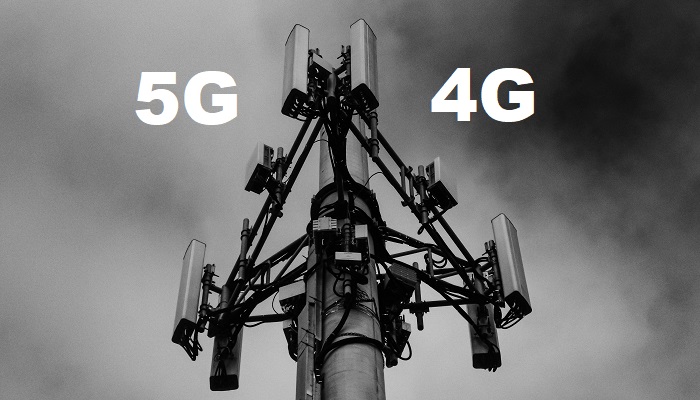It is expected that private cellular networks, when it comes to utilities, will account for almost $2 billion in cumulative infrastructure expenditures between 2023 and 2026.
This is as per the latest report released from ResearchAndMarkets.com, which goes on to show that private 5G/4G cellular networks, which are also referred to as NPNs-Non-Public Networks within 3GPP terminology, happen to be quickly gaining popularity throughout a diverse range of vertical sectors.
The utilities sector is indeed no exception to this trend, and the report goes on to forecast worldwide spending on dedicated cellular networks to surge at a CAGR of 15% throughout over the next three years.
The utility networks happen to range from broad-area 3GPP networks, functioning in 410 MHz, 900 MHz, and 450 MHz, as well as other sub-1 GHz spectrum bands so as to have smart grid communications, to purpose-built 5G as well as LTE networks that are aimed at offering localized wireless connectivity in crucial infrastructure facilities like power plants, substations, as well as offshore wind farms.
The report goes on to list quite notable instances of adoption:
American utility companies have gone on to make substantial investments when it comes to acquiring the 900 MHz as well as the 3.5 GHz CBRS PAL- Priority Access License spectrum within the service territories. Ameren, Evergy, LCRA- Lower Colorado River Authority, SCE- Southern California Edison, Hawaiian Electric, SDG&E- San Diego Gas & Electric, Southern Company as well as Xcel Energy happen to be among the growing number of utilities that are executing 3GPP-based private wireless networks in support of grid modernization programs.
450connect happens to be rolling out a countrywide 450 MHz LTE network in terms of digitization of energy as well as water utilities, and also other certain crucial industries in Germany.
Making use of its 410 MHz spectrum holdings, ESB Networks is executing a national private mobile network in order to meet the wireless connectivity requirements of smart grid applications for the control, protection, as well as management of utility assets in Ireland.
EDF, which happens to be the French multinational electric utility group, is rolling out private mobile networks so as to get secure cellular connectivity to its nuclear power plants.
The global private communications platform from Enel goes on to leverage a multi-national secure MVNO service when it comes to connectivity throughout the Italian energy giant’s global footprint, along with end-to-end private LTE/5G networks, to offer localized wireless coverage in case of reliable communications in business-critical areas.
With the conclusion of pilots, pre-execution testing, as well as procurement contracts, PGE-Polish Energy Group is executing a 450 MHz mission-critical LTE network for the wide area functioning of electricity and gas DSOs- Distribution System Operators throughout Poland.
EWA, the Electricity and Water Authority from Bahrain, has gone ahead and rolled out a 410 MHz private LTE network as part of its endeavor to modernize, digitize, and automate the distribution infrastructure for enhanced grid efficiency, performance, and security.
CSG- China Southern Power Grid goes on to rely on both LTE-based private cellular systems as well as end-to-end 5G network slicing over the commercial mobile operator networks in order to fulfill the wireless communications requirements of its smart electric power grid.
SGCC-State Grid Corporation of China has gone on to deploy a private 5G NR-U-NR in Unlicensed Spectrum network functioning in license-exempt Band n46 (5.8 GHz) spectrum in order to support video surveillance, mobile inspection robots, as well as other 5G-connected applications at the Lanzhou East and Mogao substations located in the Gansu province of China.
Korea Electric Power Corporation- KEPCO has gone ahead and executed a private 5G network infrastructure functioning in the 4.7 GHz and 28 GHz spectrums within two of its substation sites so as to enhance real-time tracking as well as control capabilities by way of digital twin technology, 5G-connected wearable cameras, as well as autonomous robots.
It is well to be noted that Kansai Electric Power happens to be using a local 5G network as well as 5G-connected drones at Japan’s Eurus Akita Port wind farm located in Akita, Tohoku, in order to elevate the maintenance as well as inspection of wind turbine blades.
Notably, Edesur Dominicana happens to rely on a custom-built 2.3 GHz LTE network so as to connect critical grid assets that need high availability, almost touching 100%.
Apparently, Brazil’s CPFL Energia has set up a 250 MHz private LTE network in Sao Leopoldo, Rio Grande do Sul, so as to facilitate the automation of devices in terms of distribution as well as transmission networks.




































